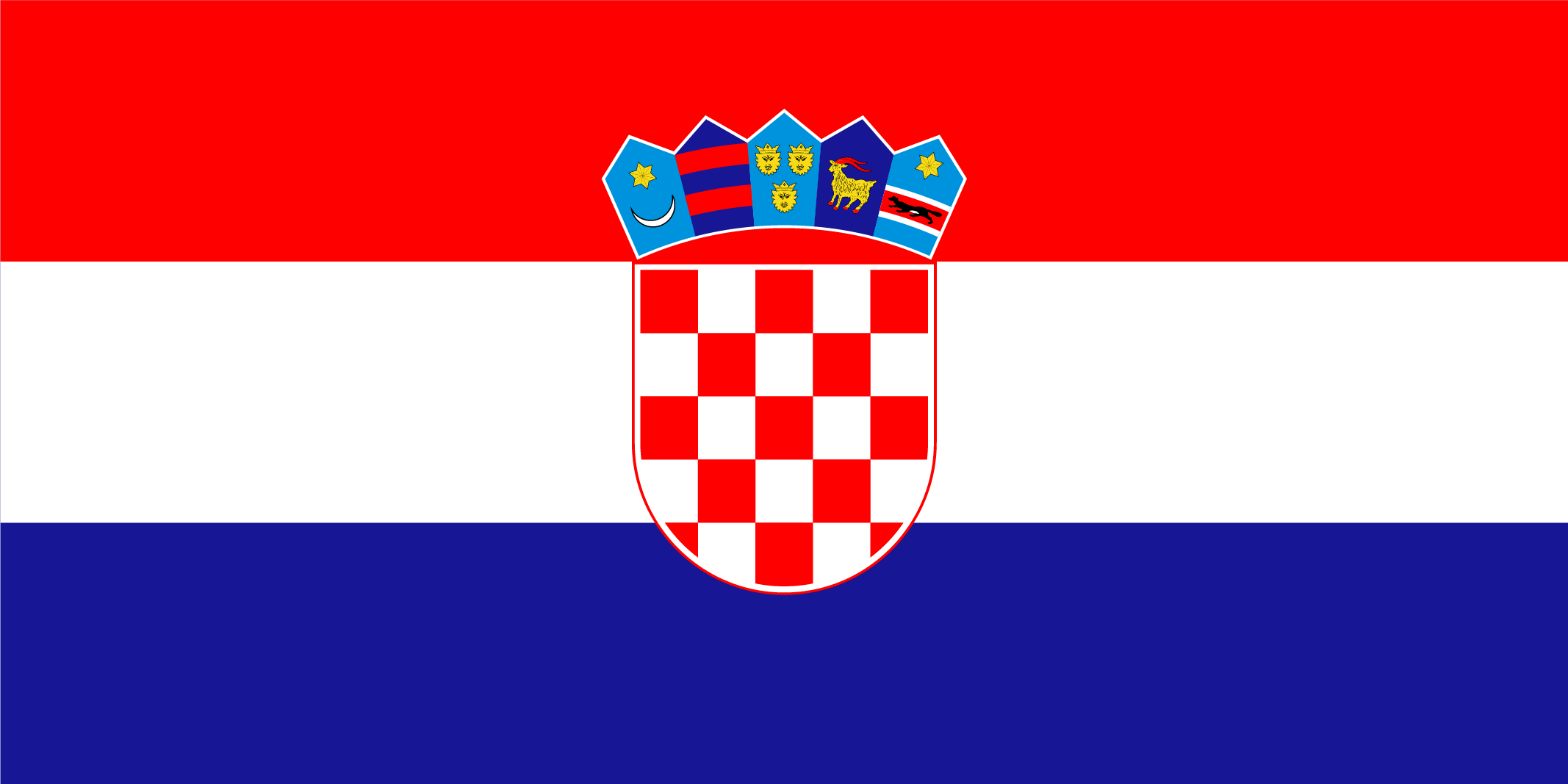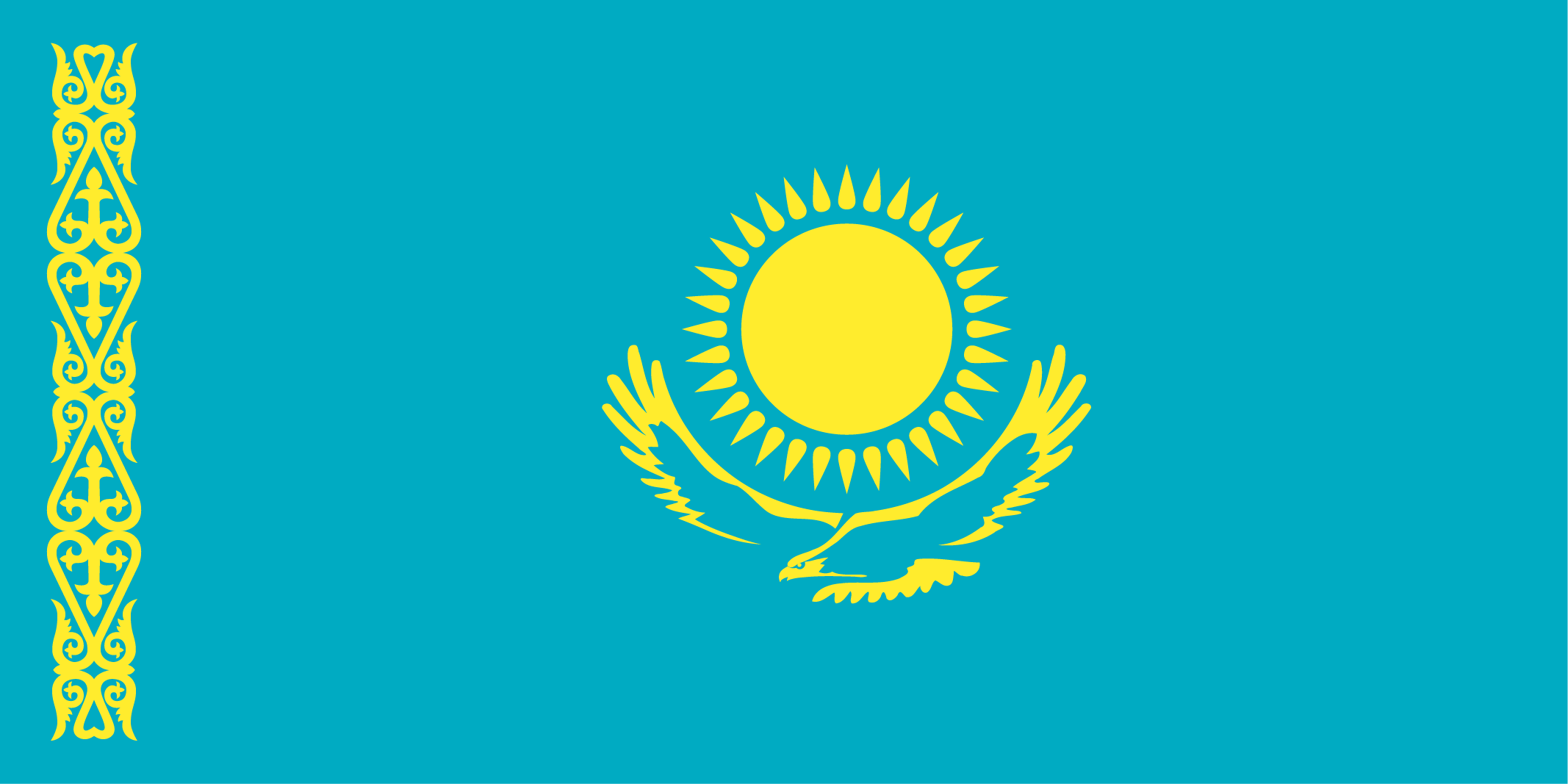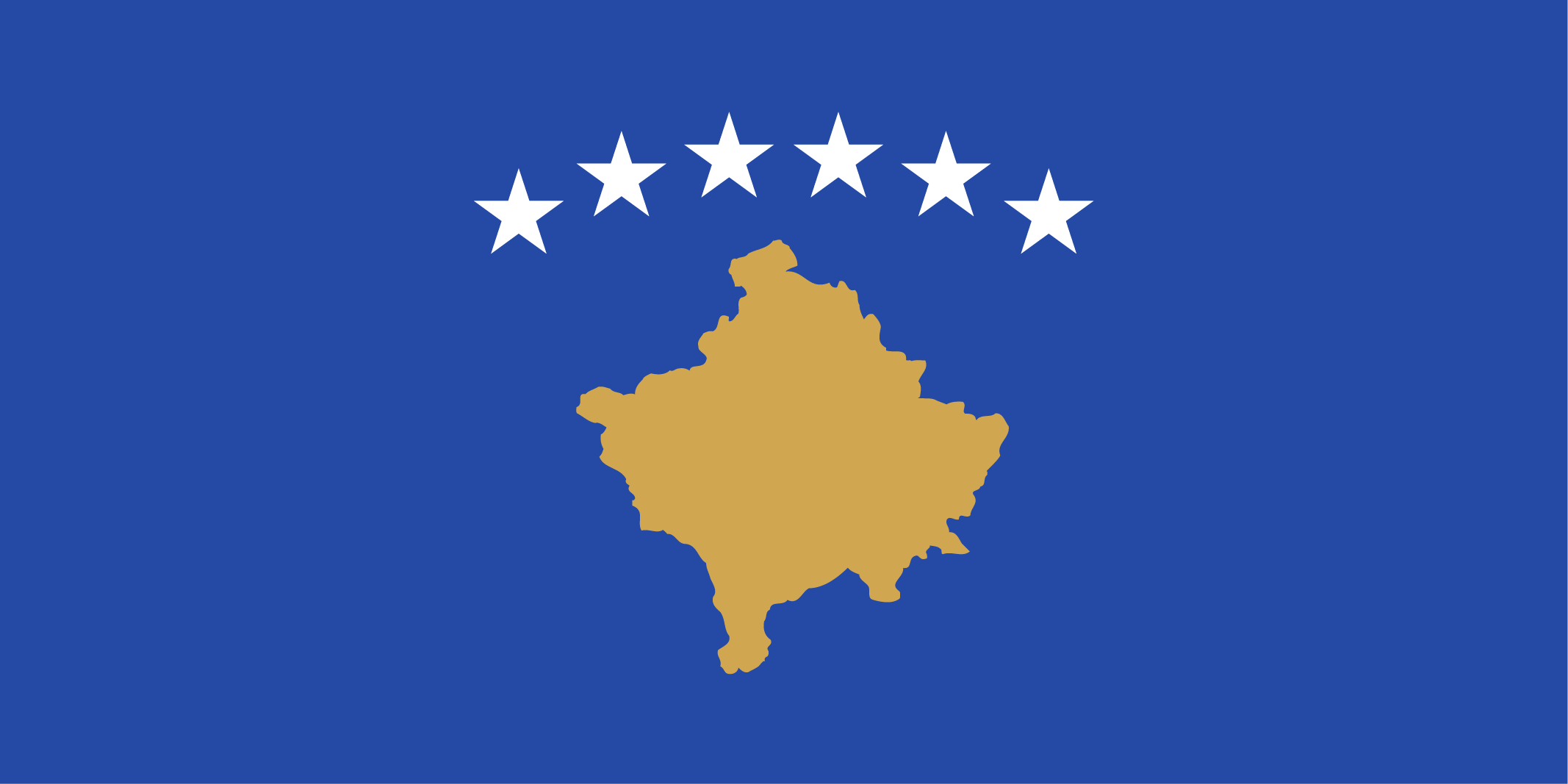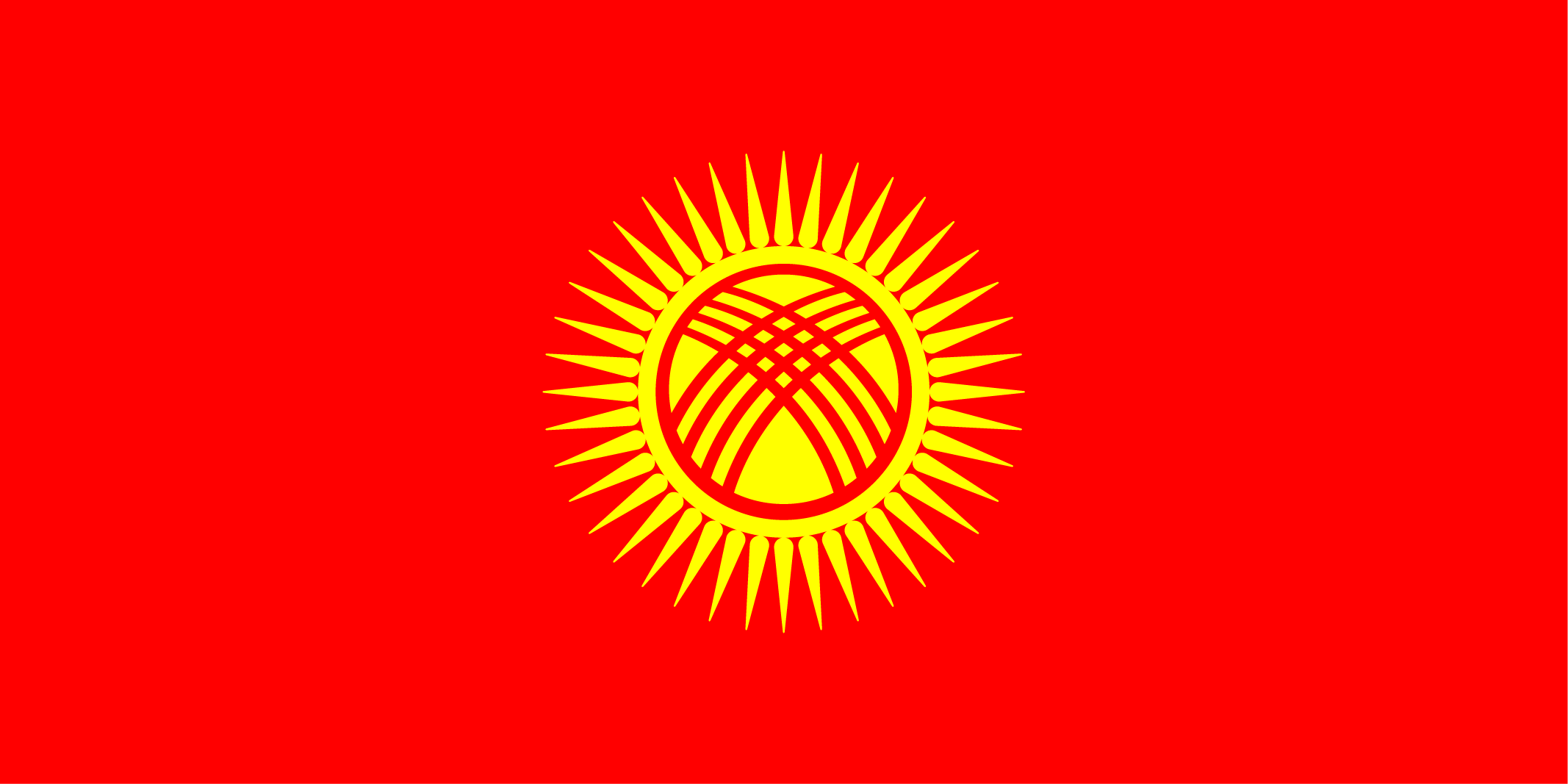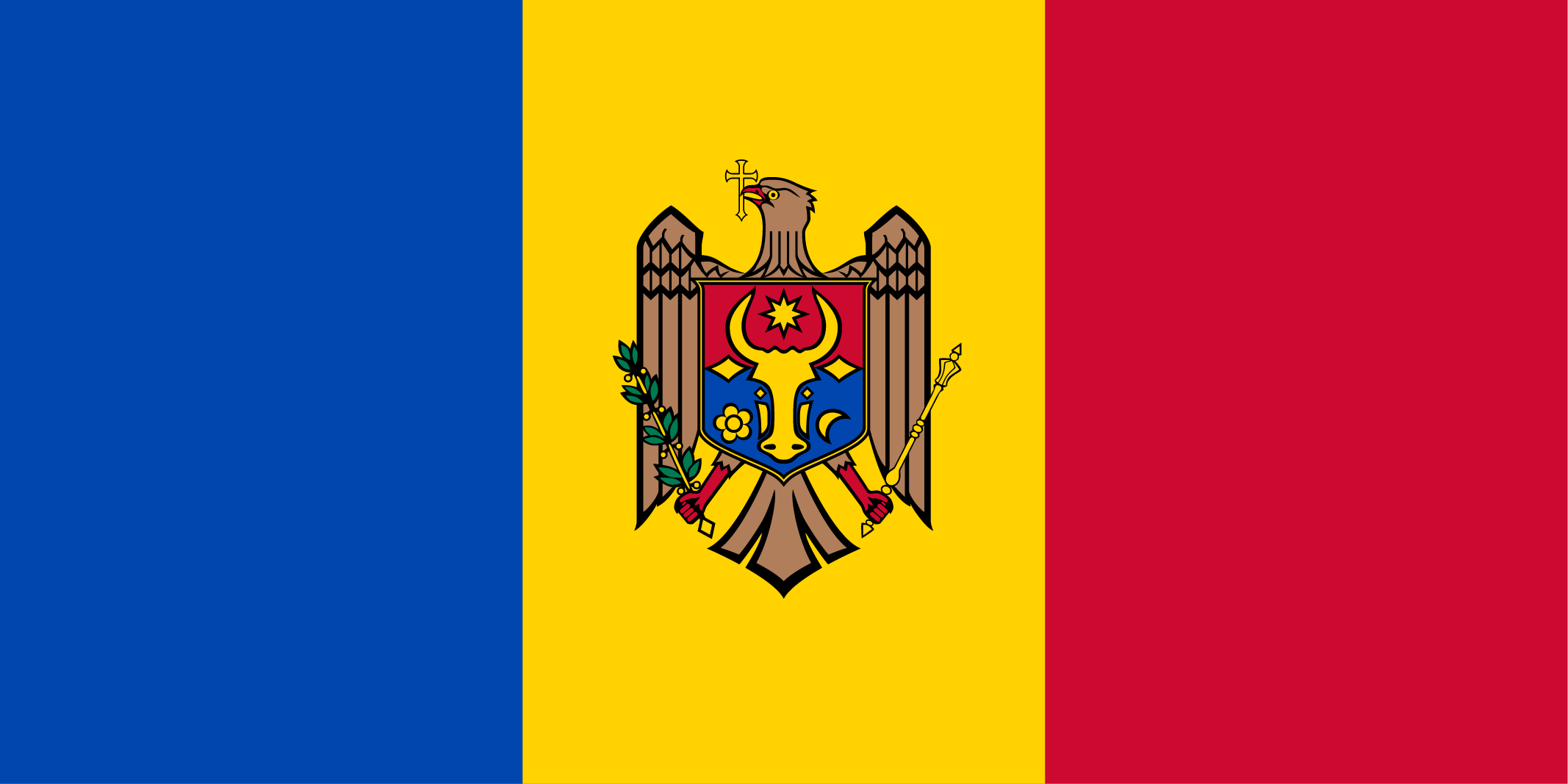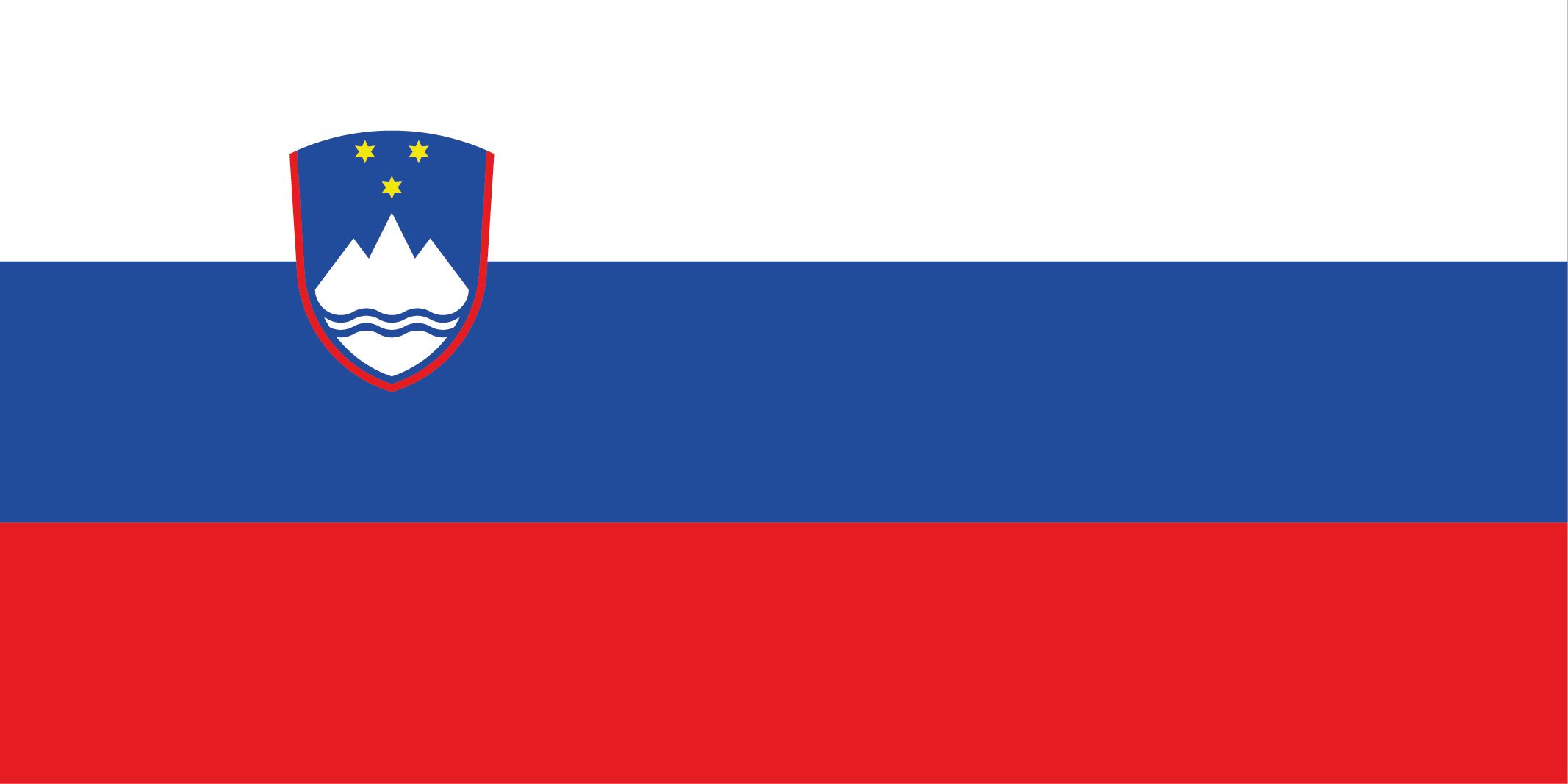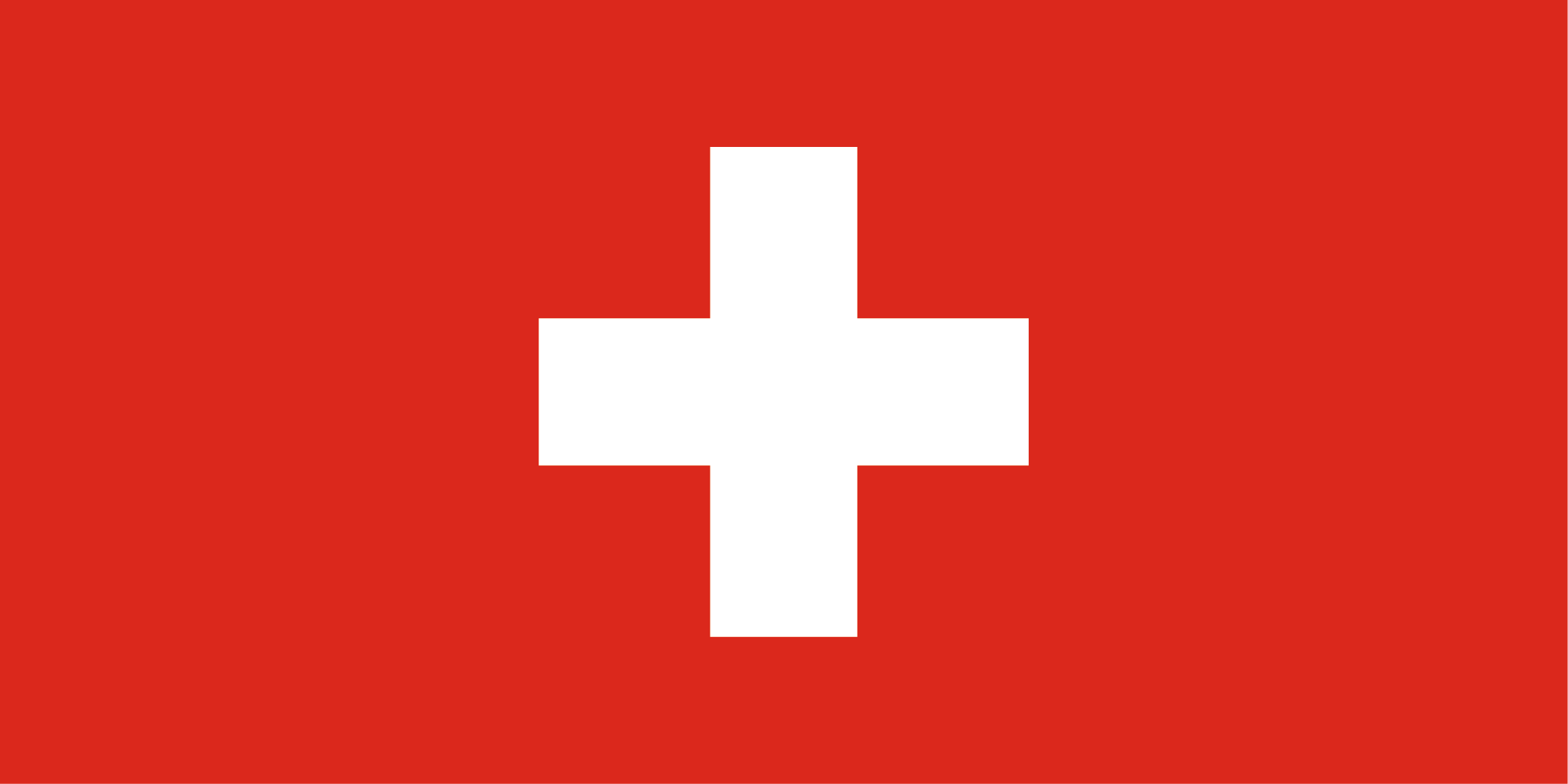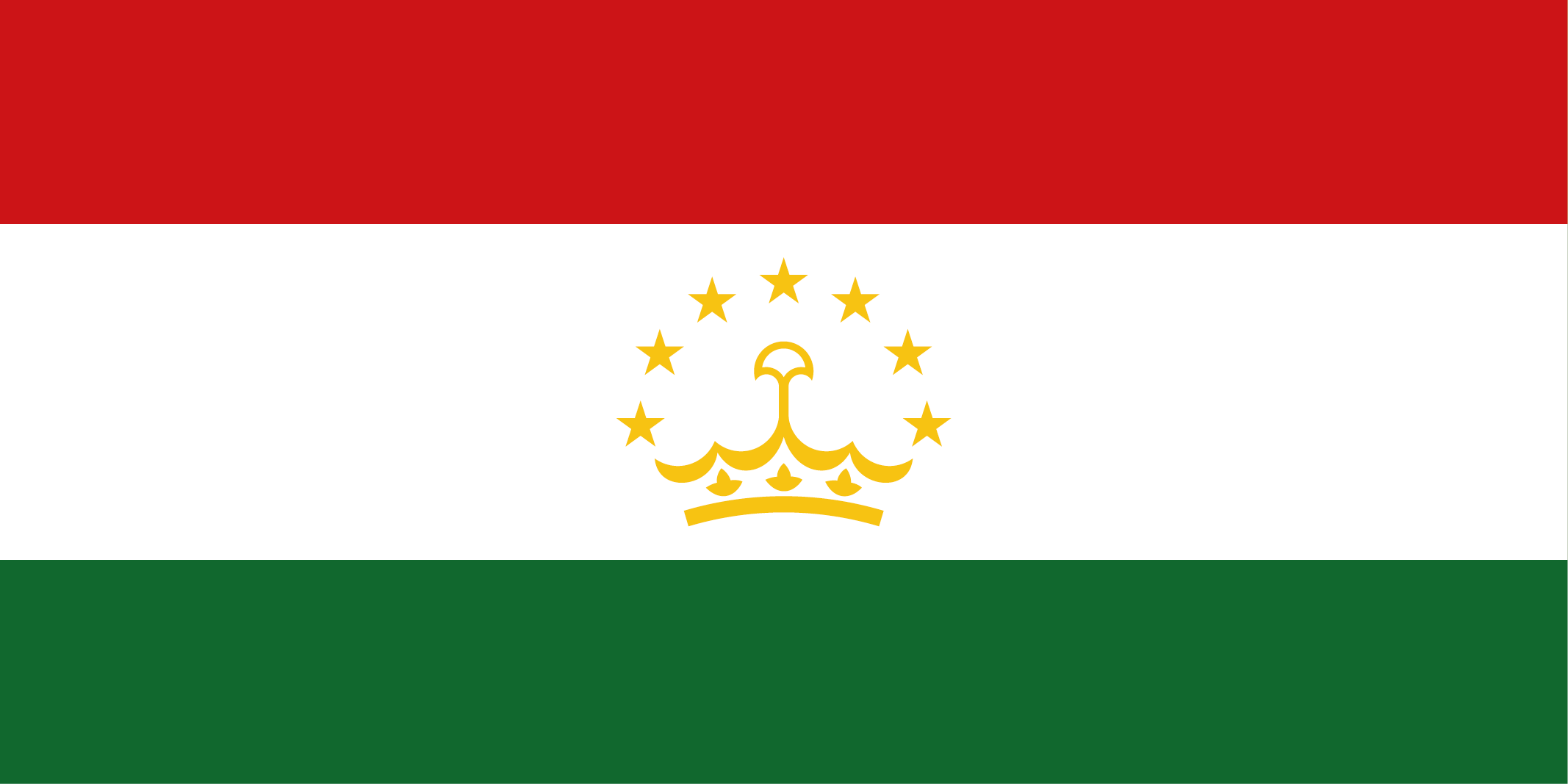Transportation of the Deceased to India
Introduction: The Importance of Repatriation
Loss of a loved one abroad is always associated with emotional and organizational difficulties. Transporting the deceased to India involves adhering to a range of international and national requirements: from legal formalities to sanitary standards and logistical details. To ensure a dignified return of the deceased to their homeland, it is essential to prepare documents in a timely manner, obtain notarized translations, apostille certificates and identifications, and meet the technical conditions for transporting the body or urn. Only a comprehensive approach and strict adherence to regulations allow for the repatriation to be carried out without delays and with respect for the memory of the deceased.
Methods of Transporting the Deceased
In practice, the primary method of delivering remains is air transportation, which allows for the swift return of the deceased to their homeland. If there is no direct route, intermediary transportation may be used, such as by hearse to the airport or within the country. Regardless of the chosen method, transportation is carried out using certified vehicles and specialized containers, which ensure the preservation of the remains and compliance with sanitary requirements.
What is Included in the Transportation Service
Organizing the transportation of the deceased includes a comprehensive set of funeral services. Specialists prepare the body, handle all the documentation, and accompany the remains at all stages. Interaction with consular structures is also provided, and if necessary, the body is met at the destination airport. In most cases, notarized translations of documents, a certificate confirming the absence of foreign objects in the container, and a hermetically sealed coffin are arranged.
Requirements for Transportation of Remains
Body Packaging and Sanitary Standards
The remains of the deceased are transported exclusively in a hermetically sealed zinc container placed inside a wooden box or coffin. This method of packaging ensures a stable microclimate and eliminates the possibility of decompression. Customs authorities require strict adherence to sanitary regulations: a certificate of embalming, confirmation of the absence of infectious diseases, and an inventory of contents are mandatory. In most cases, the transportation of bodies occurs in the cargo hold of the aircraft with the container securely immobilized in a horizontal position.
Documents Required for Transportation
- Original or copy of the death certificate.
- Certificate of embalming the body.
- Certificate from the sanitary service confirming the absence of infectious hazards.
- Conclusion on the hermetic packaging of the container.
- Translated and notarized documents.
- Permission for the import of the body from the consulate.
The assembled package is submitted to the competent authorities for customs clearance and handling. The process may be halted if any document is missing. Document preparation usually takes from one to ten business days.
Features of Transporting an Urn with Ashes
In some cases, the transportation involves not a body but an urn with ashes. This also requires adherence to numerous formalities. The urn must be X-ray transparent and hermetically packed in a wooden box. Documents for cremation, a certificate confirming the absence of infectious threats, and translated papers are mandatory. The transportation of ashes requires separate coordination with the carrier, as each company establishes its own rules for the documentation and transportation of remains.
Timeframes for Repatriation of the Deceased
The timelines depend on various factors: circumstances of death, the distance from the location of the body to the airport, the readiness of documents, and weather conditions. On average, repatriation of the body or urn takes three to seven days. However, in non-standard situations, timelines may significantly increase. That is why it is important to consult professionals who have experience in organizing such types of transportation and can minimize waiting times.
Arranging the Reception of the Body at Home
Upon the arrival of the deceased to the destination, a number of final procedures must be carried out. This includes unsealing the container, transporting it to a morgue or crematorium, and subsequently organizing the funeral service. The reception of remains is conducted by specially trained professionals who ensure the correct preparation of all accompanying documents and transportation of the body to the destination while adhering to all ritual and sanitary requirements.
Additional Funeral Services
In addition to the primary transportation service, apostille of documents, ordering funeral supplies, booking places in the morgue or crematorium, and assistance in organizing a farewell ceremony can be arranged. Specialists interact with consular services, which is especially important if relatives lack sufficient experience or financial resources. If necessary, support documentation from diplomatic missions, including financial assistance, can be obtained.
How to Place an Order for Transportation
To receive the service, it is enough to contact a representative of the funeral agency, provide the available documents, and sign a contract. A power of attorney is issued, allowing specialists to act on behalf of the deceased's relatives. After that, the preparation stage begins: translations, certificates, selection of the container, interaction with customs authorities and the airline. Clients only have to wait for notification regarding the completion of the procedure and the arrival of the body at home.
Frequently Asked Questions
If part of the documents is missing, duplicates can be obtained through the appropriate authorities. Transportation of an urn with ashes is permitted if all safety conditions are met. The remains may be accompanied by a relative or authorized representative if there is permission and an established route. Each case of repatriation is considered individually, taking into account all nuances and the wishes of the deceased's relatives. It is important to remember: independent transportation of a body without the appropriate permit is prohibited and may lead to legal consequences.











